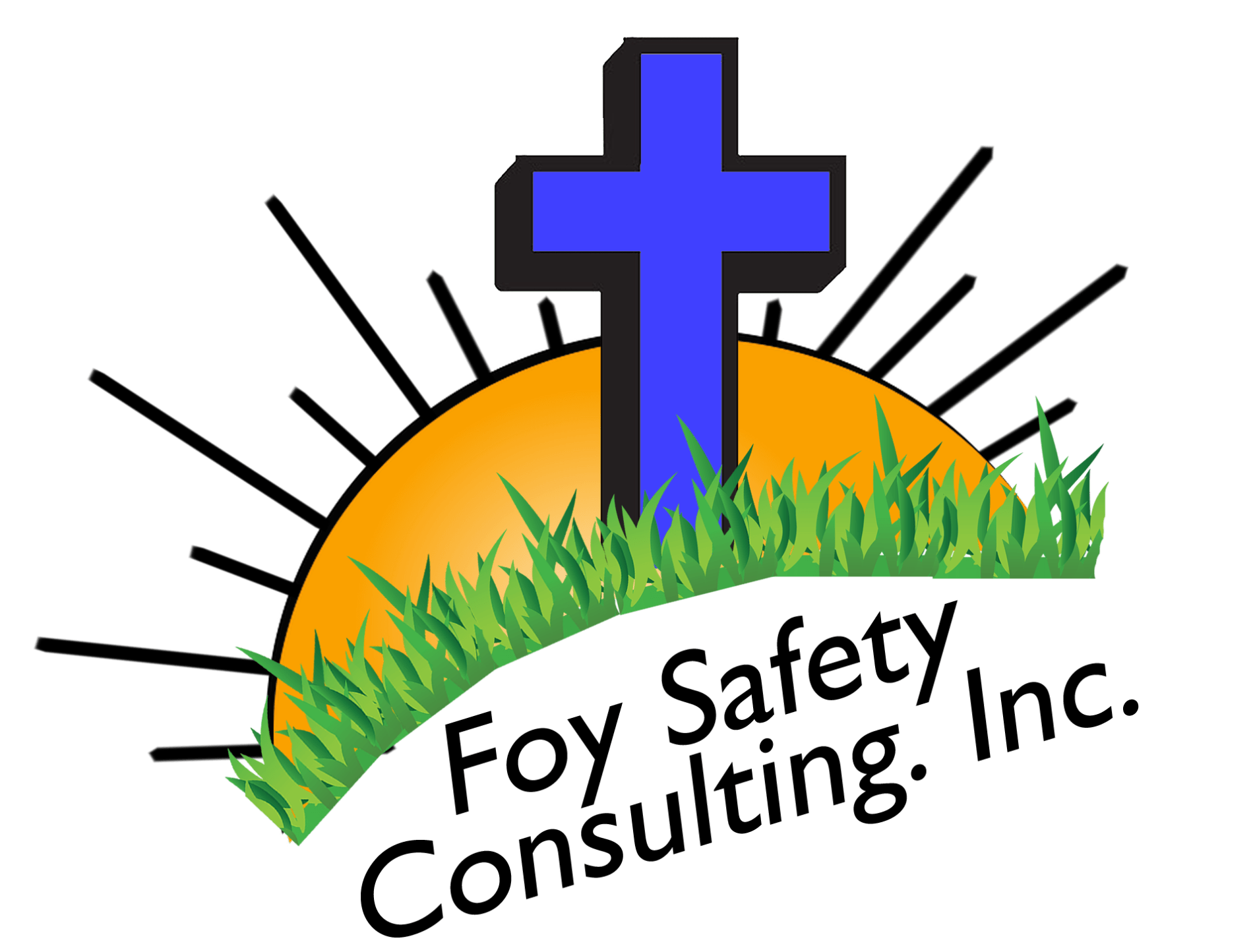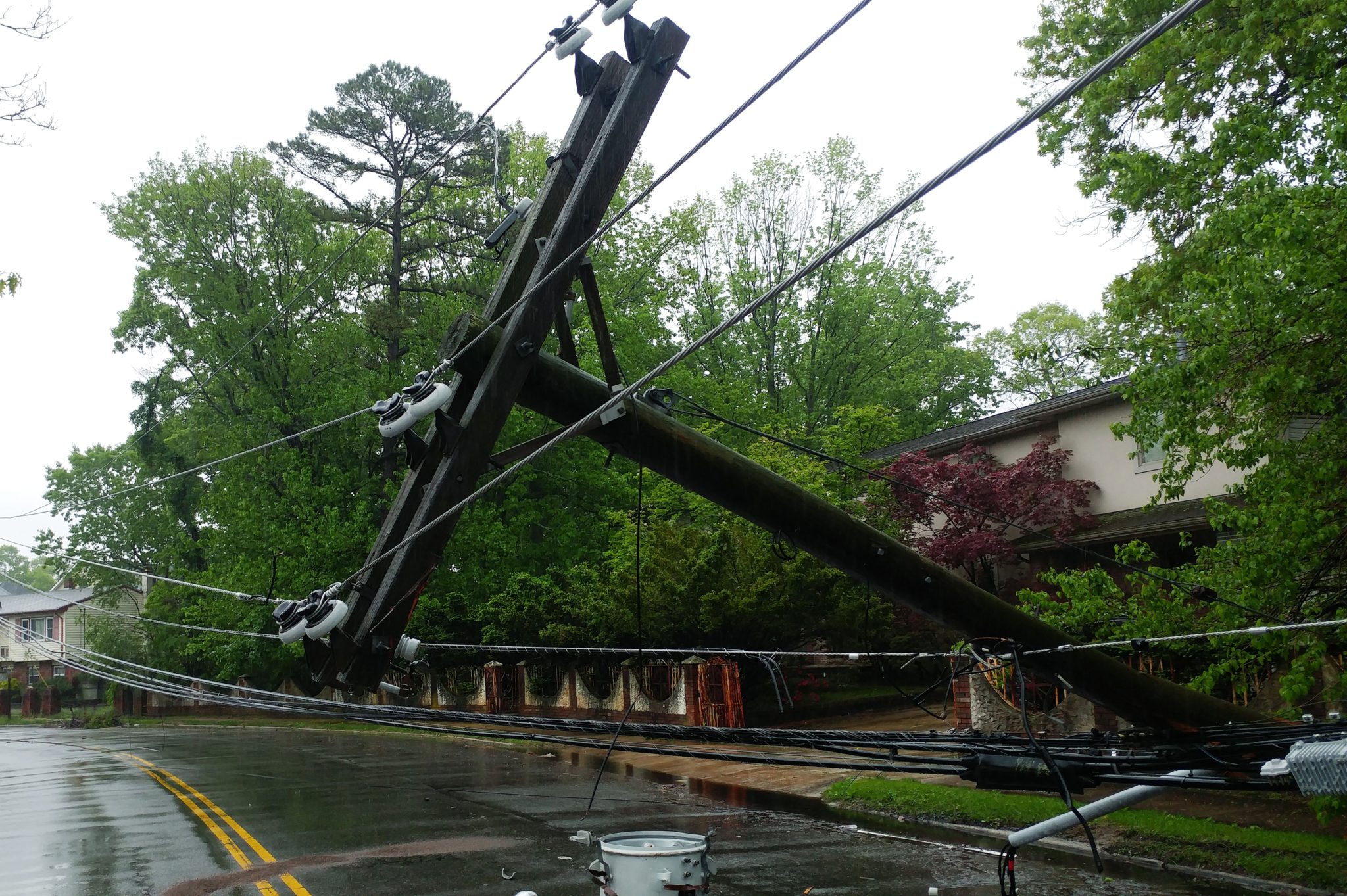With Winter right around the corner, we must discuss the dangers not only cold temperatures bring, but also the dangers high winds present. High winds can cause serious injuries on the jobsite. Either by causing someone to slip or by knocking an object over, there are countless possible injuries that could occur, unless proper procedures are put in place beforehand.
Hazards Created by High Winds
During high winds, numerous safety concerns arise. Published by the Newfoundland and Labrador Construction Safety Association (NLCSA) this document lists the following areas of concern to watch out for during high winds:
- Objects falling from elevated surfaces
- Being struck by objects that have falling over
- Injury to the eyes due to flying dust and dirt
- Equipment damage from tipping over
- Dropping materials during lifting
- Increased loads placed on covered areas or structures potentially causing damage
- Scaffolding and fencing failure to remain grounded
- Movement and destructing of overhead powerlines

Reducing the High-Risk Winds Have on your Jobsite
While high winds can be unpredictable at times, that is no excuse for not having safety measures set in place to mitigate or eliminate possible damages to equipment and crew members! The following are measures you can put in place to help prevent injury and equipment damage on your job site (For the full list from the NLSCA, click here):
- When high winds pose a threat, cancel work that could be potentially hazardous (lifting, roofing, scaling, etc.)
- Additional Personal Protective Equipment (PPE) should be readily available for all workers to protect the eyes
- Make sure workers have all their equipment and personal belongings in a safe location, out of the wind. If something does get blown away, ensure they understand not to chase after the object, as this can lead to further injury
- Ensure that all fencing is constructed properly and meets safety regulations for not only wind but also snow and ice!
- Make sure that all scaffolding is constructed properly. Any scaffolding that covered with tarp needs to be inspected further to ensure that it can withstand the added pressure placed on it.
High winds are often not considered when working on a job site. Workers think they can push through and continue to work normally. This is not the case, and serious injuries can occur if safety measures are not set in place beforehand. Each worker must understand the dangers of high winds and what to do when encountering them! If you have any questions, concerns, or would like to learn how Foy Safety can help make sure your construction site meets all safety regulations, contact us today!


